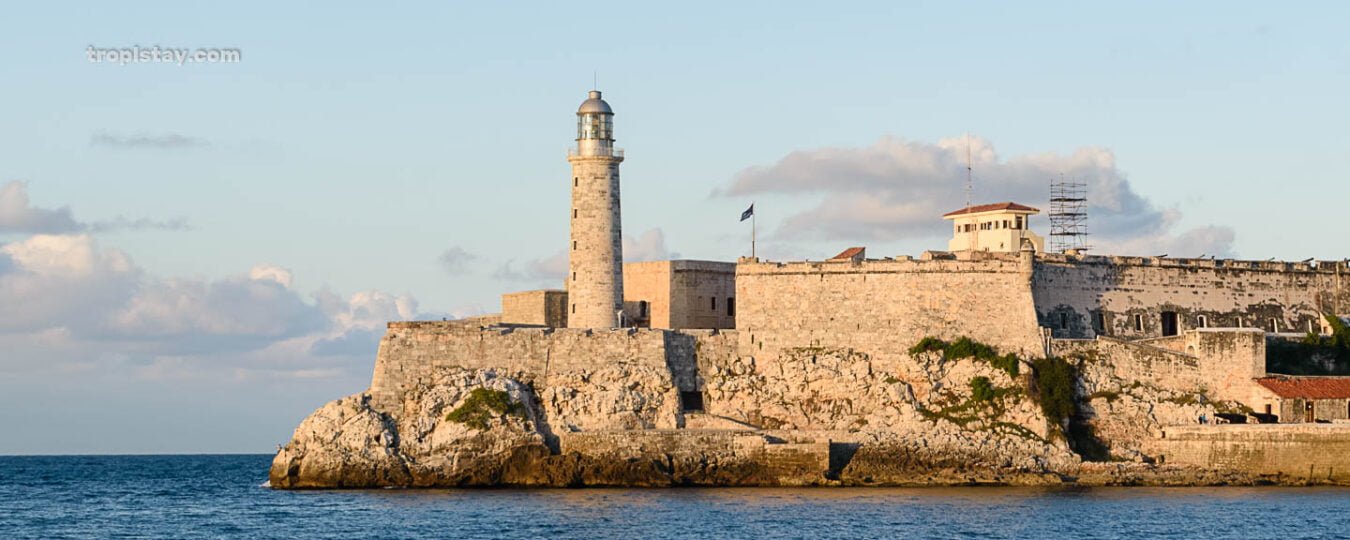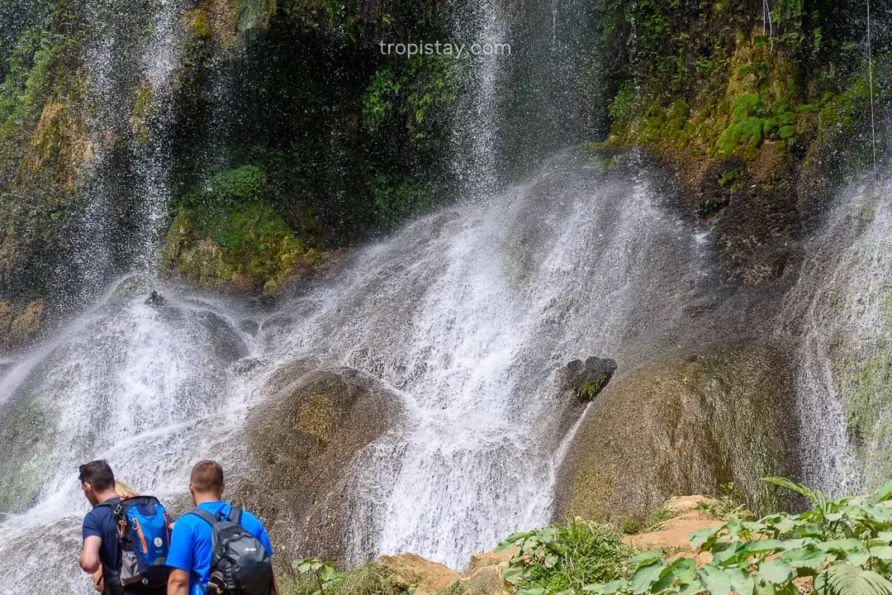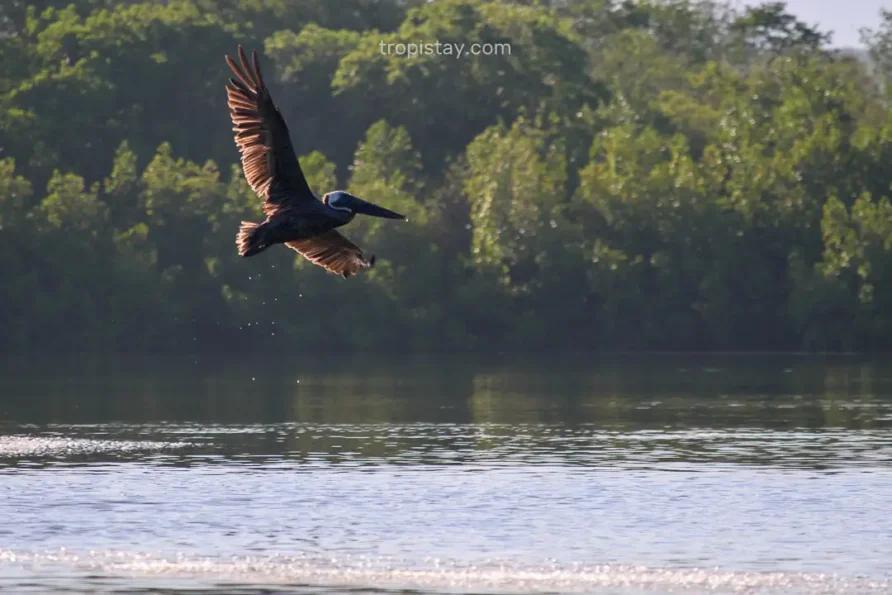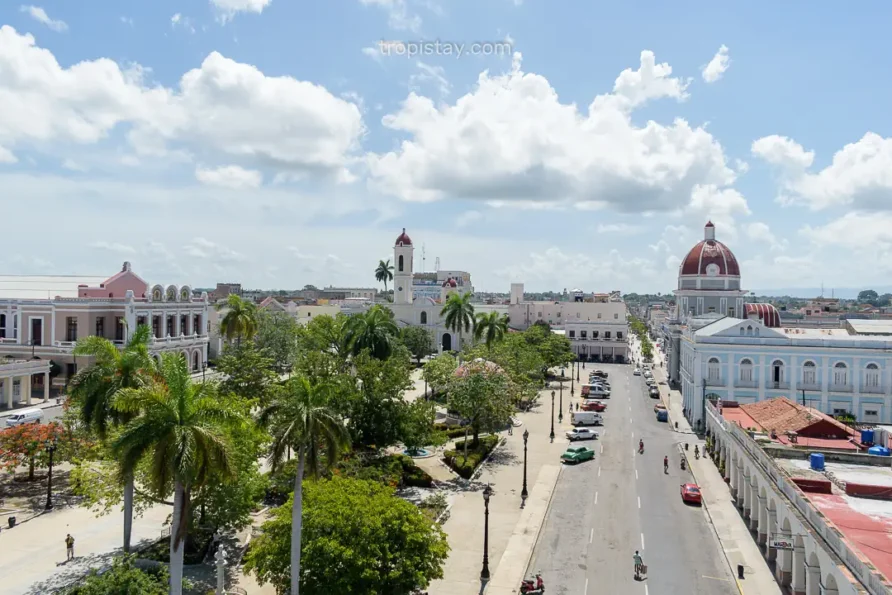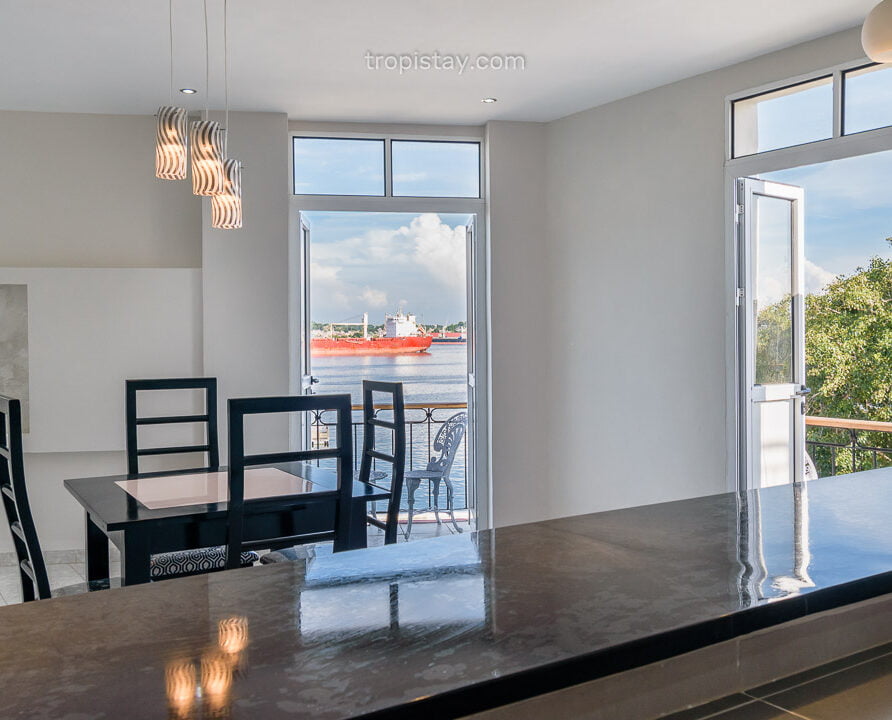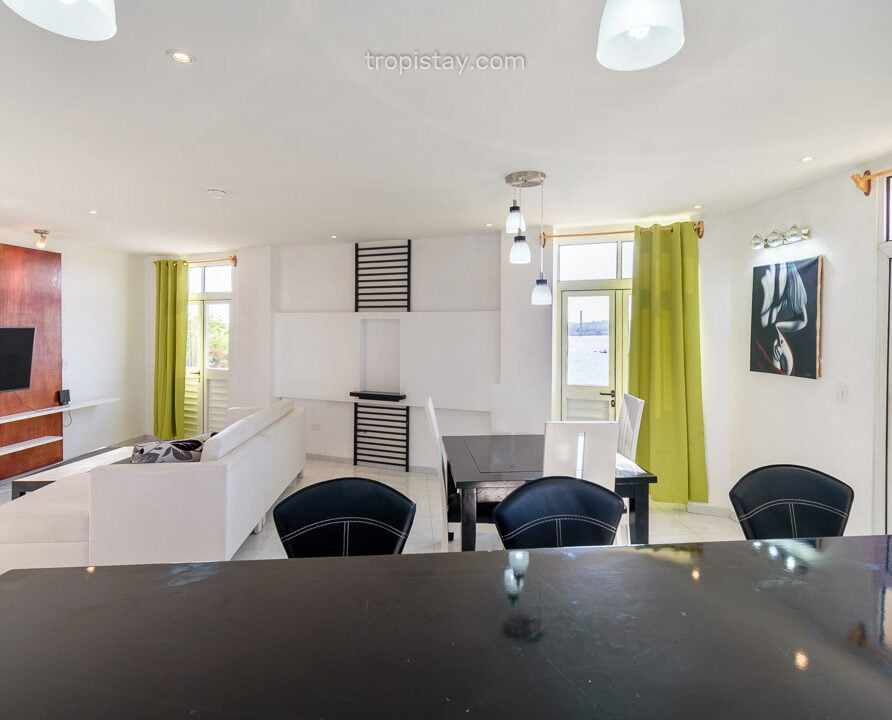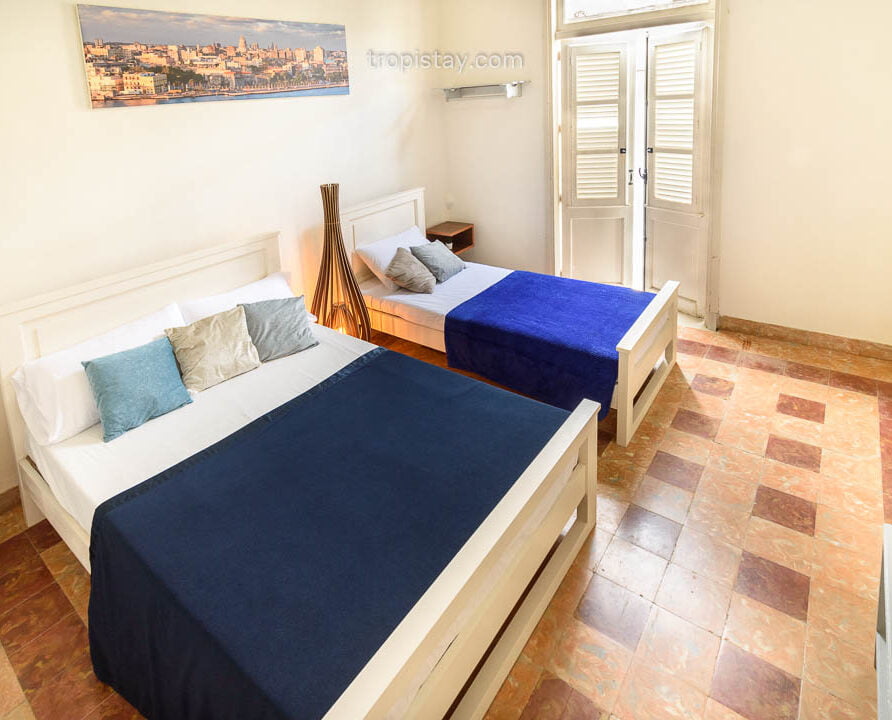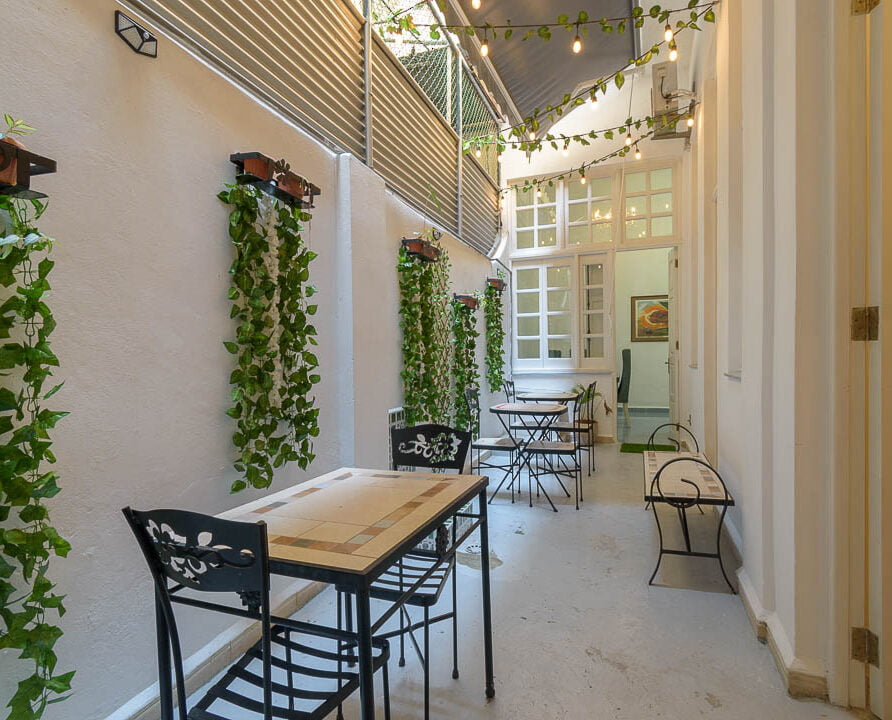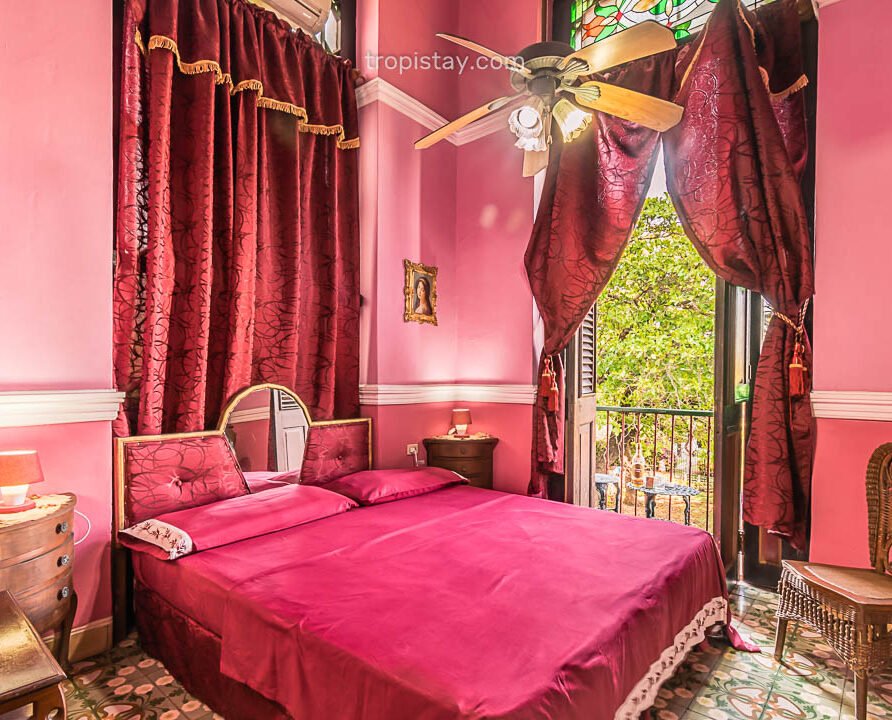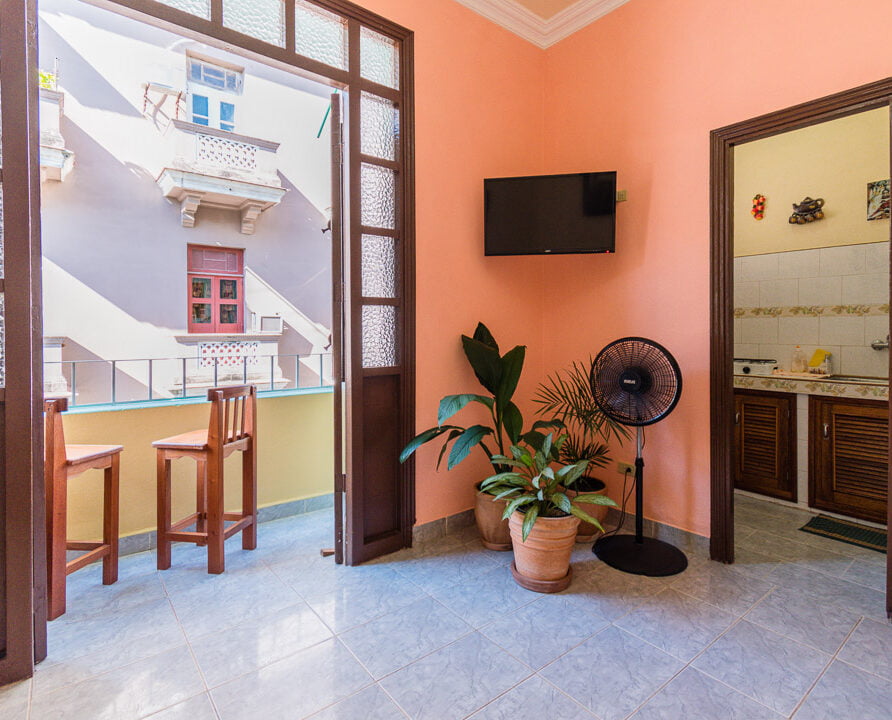There are many marvelous cities in the world, but Habana … Habana is a charming city, it is impossible not to love it when you know it. From the decaying buildings of Centro Habana passing to the magnificent colonial edifications in Old Habana to the “modernity” of El Vedado. Its architecture captures and amazes who contemplates it, and who can say otherwise after having seen the baroque Gran Teatro or the art – deco Edificio Bacardi building? You can find magic everywhere, you just need to look carefully, beyond what it is at first sight.
Table of Contents
Many prominent people in the pass praised it like Federico Lorca, or even made it his home like Hemingway, recently its streets were the scenario for Fast and Furious movie, also Enrique Iglesias filmed the video clip of the song “Bailando” a cooperation with Gente de Zona, a Cuban urban duo. Over more than five centuries Habana has seduce the visitors and this has made it worthy the tittle Wonder City.
Founded in 1514 as San Cristóbal de La Habana by Spanish conquistador Pánfilo de Narváez, it was moved from one place to other during the first five years and it was finally established at its actual site on December 17, 1519. According with the local legend the first Mass was said under a ceiba tree, actually Plaza de Armas. That is why every year on that specific date many people go to that place to turn the ceiba tree to rememorize that day and ask for a wish for the city and their own lives in a public ceremony full of joy and hope.
The city of Havana is divided in 15 municipalities, Habana Vieja (Old Havana) is at western side of the harbor and a little more west there is Centro Habana and Vedado, these three are the neighborhoods where the visitors spend the most part of their time because there concentrated the major attractions in the city. Some of the principal’s streets are Obispo a pedestrian mall in Old Havana, Paseo del Prado a 19th- century promenade in Havana Center and Calle 23 and La Rampa in Vedado. Running at the north side of the city there is a concrete sea wall called El Malecon, it is very usual to see Cuban people just seated in the wall to spend the time. At the other side of the bay is the neighborhood Habana del Este (East of Havana) where are the main beaches of the city at about 20 minutes’ drive from the city center. There is a tunnel to cross the bay by car under the water it is one of the seven wonders of Cuban engineering and it was consider one of the firsts submarine tunnels in the world, inaugurated on1958.
The most visited location in the city is without doubt the historic center in Old Havana.
Old Havana
La Habana Vieja is one of the most important and exciting attraction in Cuba. It was declared national Monument in 1977 and the UNESCO World Heritage Site in 1982. It is the most significant centre of Spanish colonial heritage in all the Americas. It was also declared Ciudad Maravilla since 2014. The heart of Havana Vieja ( Old Havana) was restored and it is truly wonderful. With architectural jewels from different periods and styles from baroque to art deco it is something worth to be seeing.
Old Havana is composed by four main squares linked by many cross- streets. They are all within easy walking distance of each other as almost everything in the historic center. The main squares are:
Plaza de Armas dated 1582 and it is the oldest square in the city close to Castillo de la real Fuerza the oldest colonial fortress in the New World. The weathervane on top of the west tower is a female figure, La Giraldilla which has become in a symbol of Havana. According with a legend of love and art it represents to Doña Isabel de Bobadilla loving wife of Don Hernando de Soto, Spanish governor, the sculptor was inspired by her.
Plaza de la Catedral de San Cristobal, the Baroque facade of the church declared a national monument is considered one of the most beautiful in Americas.
Plaza San Francisco de Asis, with some of the most attractive colonial houses in Old Havana and the Iglesia y Convento San Francisco de Asis, no longer a Church but a concert hall and museum of religious art, if you travel in February a good option is to buy ticket for the Antique Music Festival – Esteban Sala, which is based here annually. In this square is the fountain of the four lions brought from Italy in 1836 sculpted by the artist Giuseppe Gaggini and given to Havana by the Count of Villanueva. There is also La Lonja del Comercio an offices building and across the street Avenida del Puerto the cruise terminal.
Plaza Vieja dated from mid-16th century. This magnificent square is surrounded by arcades and a number of historic buildings from four different centuries, the most important is the Casa del Conde de Jaruco. A fountain designed in 1796 stand in the middle of the square. Nearby are cultural institutions, La Fototeca de Cuba y La Camara Oscura, at top of a building projects a revolving real time image of the city at 30x –magnification. There are also some interesting bars, restaurants like La Vitrola or coffeshops like El Escorial where you can enjoy a nice coffee and also see part of the grinding process.
Two streets that you must walk are Oficios and Mercaderes, almost a complete replica of its splendid 18th- century high- water mark, museums, shops and restaurants are some real life working social projects.
There’s music in the air, and an astonishing range of architectural styles to delight the eye. Everywhere there are national monuments as well as some excellent museums.
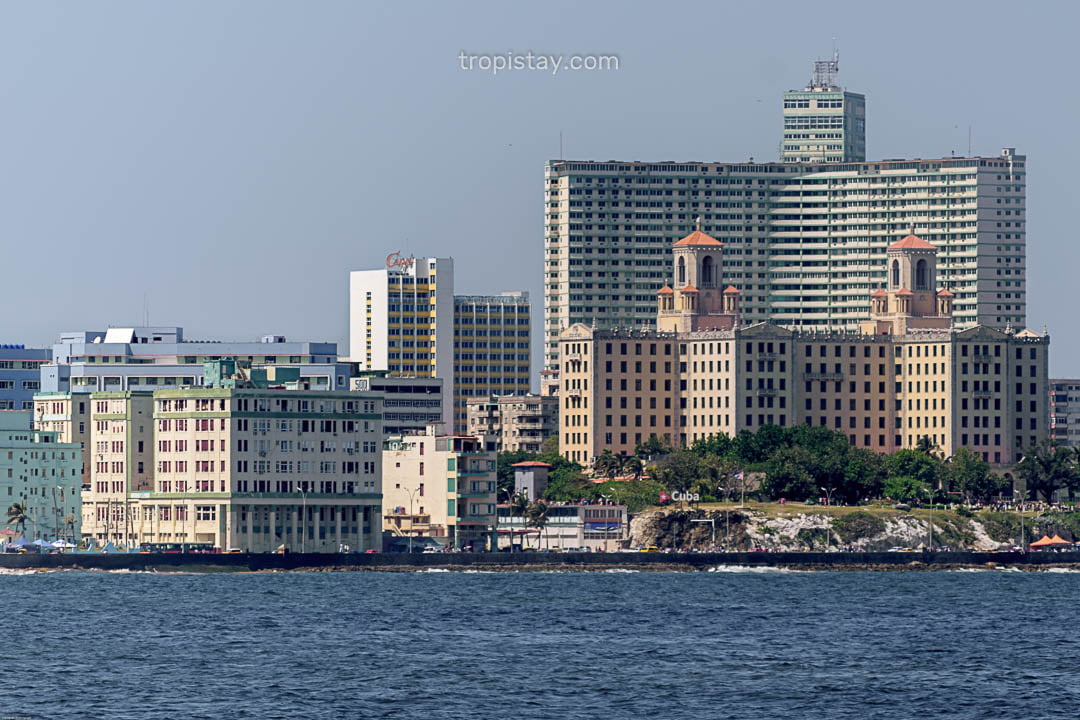
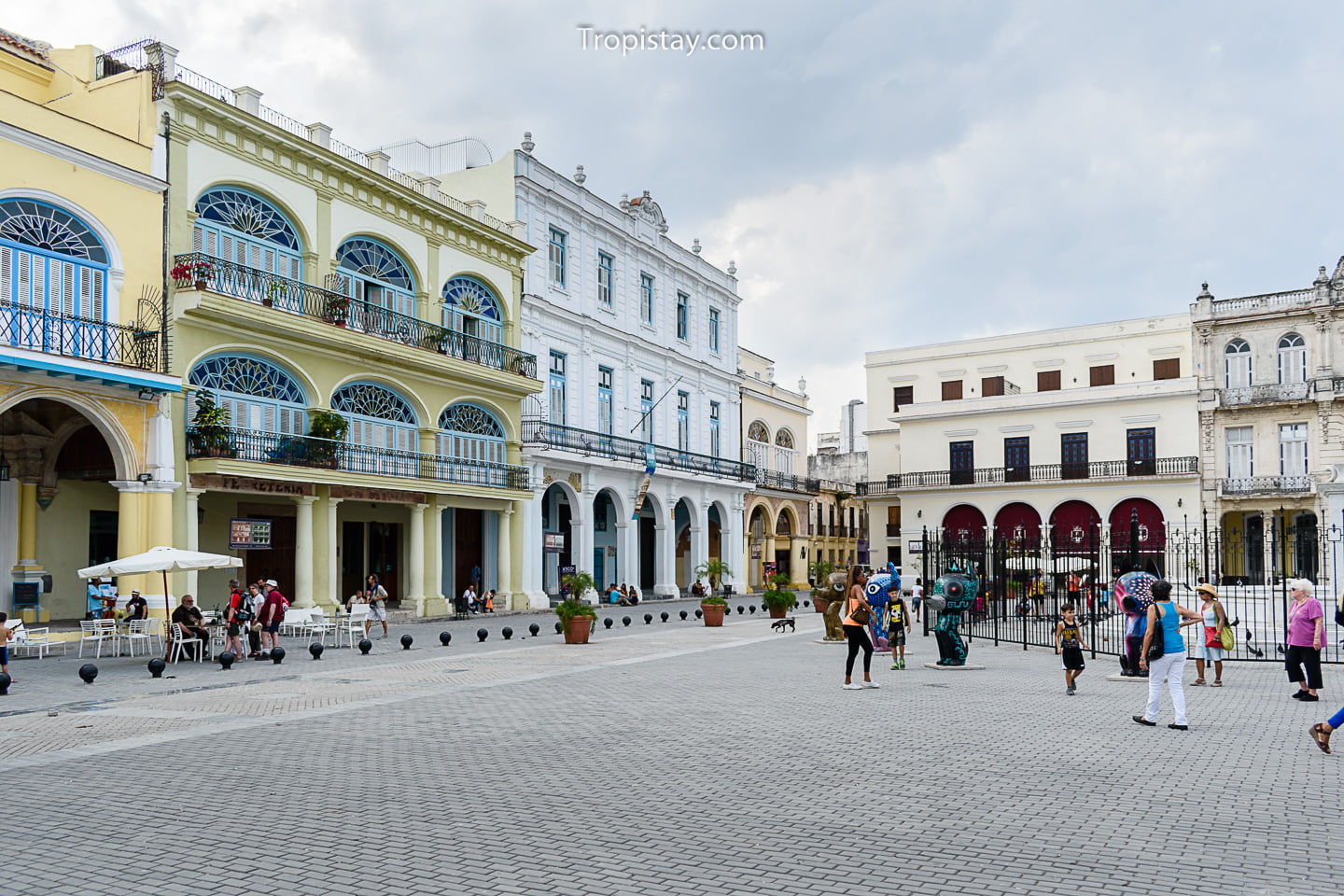
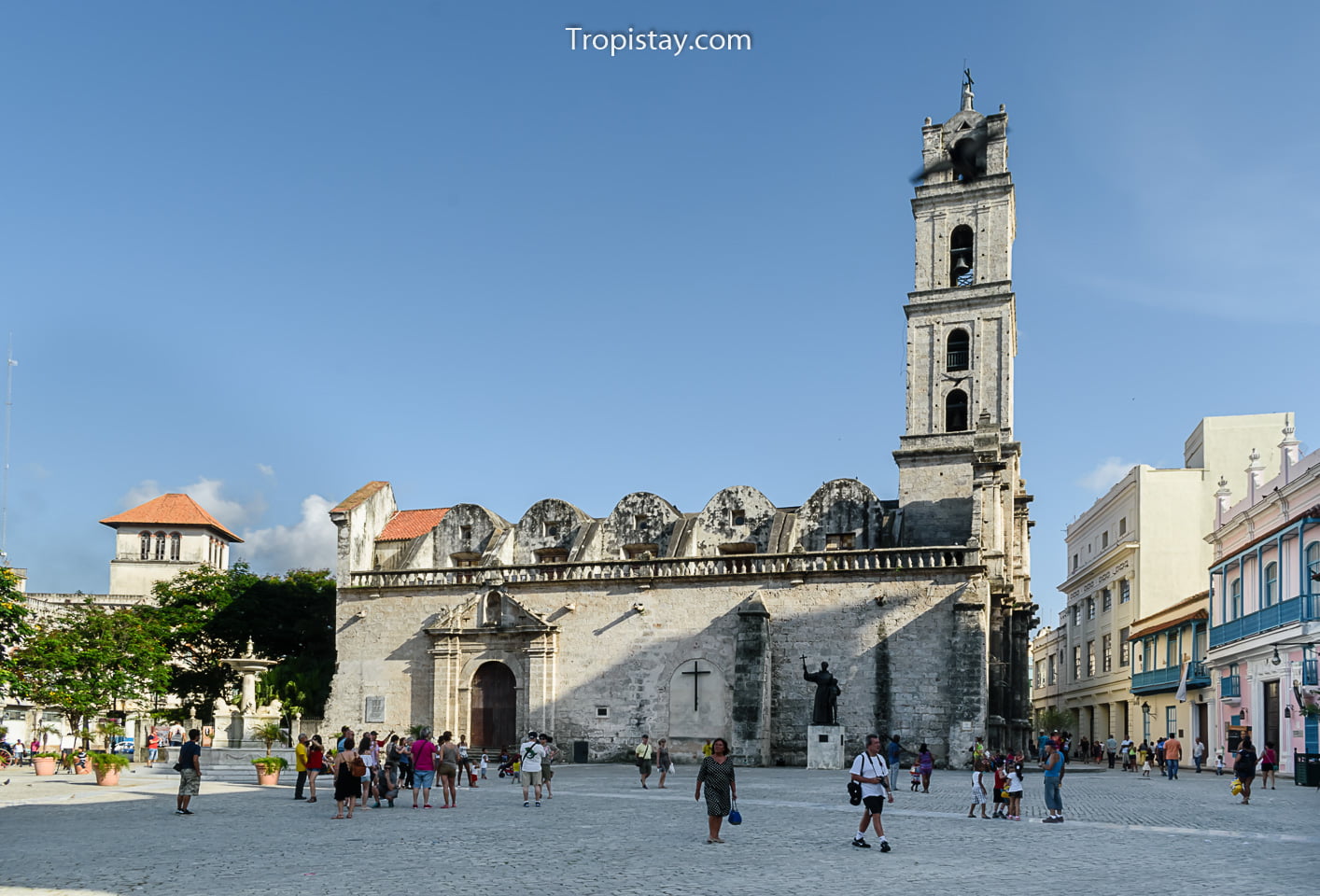
Other recommended places to see in the historic center are:
Iglesia de San Francisco de Paula, one of Havana most attractive churches, the first stone was placed on Feb 27, 1668 and the date of conclusion is unknown. Located in La Alameda de Paula, next to Bahia de la Habana this church is all that remains of the San Francisco de Paula women’s hospital from mid- 1700. Lit
Castillo de la Real Fuerza: built between 1558 and 1577 the fortress together with El Morro was one of the defensive bastions of the city against pirates and corsairs.
Palacio del Conde de Lombillo: With a monumental front, large portal, balconies and windows with multicolored stained-glass windows, has a fountain in its inner courtyard. Currently El Patio restaurant where normally a New Year Eve is offered on the square.
Palacio de los Capitanes Generales: dated from 1770 with baroque architecture, since 1968 the building has been home of the City Museum. The building was residence of Spanish captains general and also from 1899 to 1902 the US military governors were based here.
Museo de Arte Colonial: Located in the Cathedral Square exactly in front of the Cathedral was built in 1622, has four exhibition rooms: three permanent and one transitory.
Edificio Bacardi: Finished in 1929, the magnificent building with art deco architecture with a whole host of lavish finishing. Hemmed in by other buildings, it’s hard to get a full kaleidoscopic view of the structure from street level, though the opulent bell tower can be seen from all over Havana.
El Capitolio: Built in 1929 to house the two chambers of the legislative body in the Republic of Cuba. The façade has columns and a dome that reaches 91.73 meters in height. It is considered one of the most visited places in the city, as well as one of the six most important palaces in the world. Inside, there is a 25-carat diamond on the floor of the Hall of Lost Steps at the foot of the Statue of the Republic (weighing 30 tons and 14.60 meters high and resting on a marble pedestal of 2.5 meters, for its height is the third in the world under roof). The diamond marks the zero kilometer of Cuban highways.
There are many other interesting sites in Old Havana, a story is waiting to be discovered behind every corner, every stone. It is a city that falls in love and enchants despite its defects and imperfections. So many are captivated and return to it, unknowingly participating in the words of the former city historian Eusebio Leal in an interview with UNESCO. …“it has been the best of my loves, the best of my passions, the greatest of my challenges. I really don’t know why I mysteriously return to her, in light and in silence, in life and in dreams.”
Recent Post
Houses in Havana.
Balcones a la Bahía
- Guests: 5
- Top Picks: Feactured
- Popular: Stunning View
- Bedrooms: 2
- Bathrooms: 2
- Destination: Havana
- Rental type: Entire Place
- Property type: Apartment
- View: Bay
- Bed Type: 2 Double, 1 Single
- Categories: Havana
- Amenities: Air conditioner, Balcony, Coffee maker, Hair dryer, Hot water, Microwave, Refrigerator, Safe Box, TV, Wi-Fi
Prices start at: €160 for 2 nights
Paseo Marítimo
- Guests: 5
- Top Picks: Feactured
- Popular: Stunning View
- Bedrooms: 2
- Bathrooms: 2
- Destination: Havana
- Rental type: Entire Place
- Property type: Apartment
- View: Bay
- Bed Type: 2 Double, 1 Single
- Categories: Havana
- Amenities: Air conditioner, Balcony, Coffee maker, Hair dryer, Hot water, Microwave, Refrigerator, Safe Box, TV, Wi-Fi
Prices start at: €160 for 2 nights
Fernando y Rosali
- Guests: 3
- Bedrooms: 1
- Bathrooms: 1
- Destination: Havana
- Rental type: Entire Place
- Property type: Apartment
- Bed Type: 1 Double, 1 Single
- Categories: Havana
- Amenities: Air conditioner, Balcony, Hair dryer, Hot water, Refrigerator, Safe Box, TV, Wi-Fi
Prices start at: €70 for 2 nights
Aguiar Apartment
- Guests: 6
- Bedrooms: 3
- Bathrooms: 3
- Destination: Havana
- Rental type: Entire Place
- Property type: Apartment
- Bed Type: 2 Single, 2 Double
- Categories: Havana
- Amenities: Air conditioner, Hair dryer, Hot water, Microwave, Refrigerator, Safe Box, Terrace, TV
Prices start at: €180 for 2 nights
Casa Wilfredo
- Guests: 2
- Bedrooms: 1
- Bathrooms: 1
- Destination: Havana
- Rental type: Private Room
- Property type: Casa Particular
- View: Park
- Bed Type: Double
- Categories: Havana
- Amenities: Air conditioner, Balcony, Hot water
Prices start at: €80 for 2 nights
Apartment Mario
- Guests: 2
- Top Picks: Best Value
- Bedrooms: 1
- Bathrooms: 1
- Destination: Havana
- Rental type: Entire Place
- Property type: Apartment
- Bed Type: 2 Single
- Categories: Havana
- Amenities: Air conditioner, Balcony, Budget, Coffee maker, Hair dryer, Hot water, Microwave, Refrigerator, Safe Box, TV
Prices start at: €30 per night

